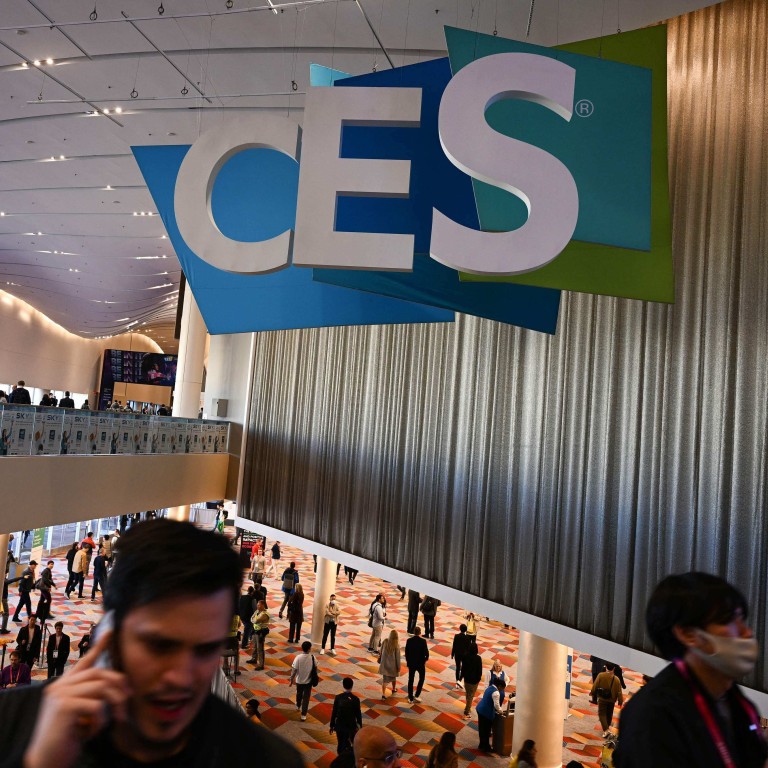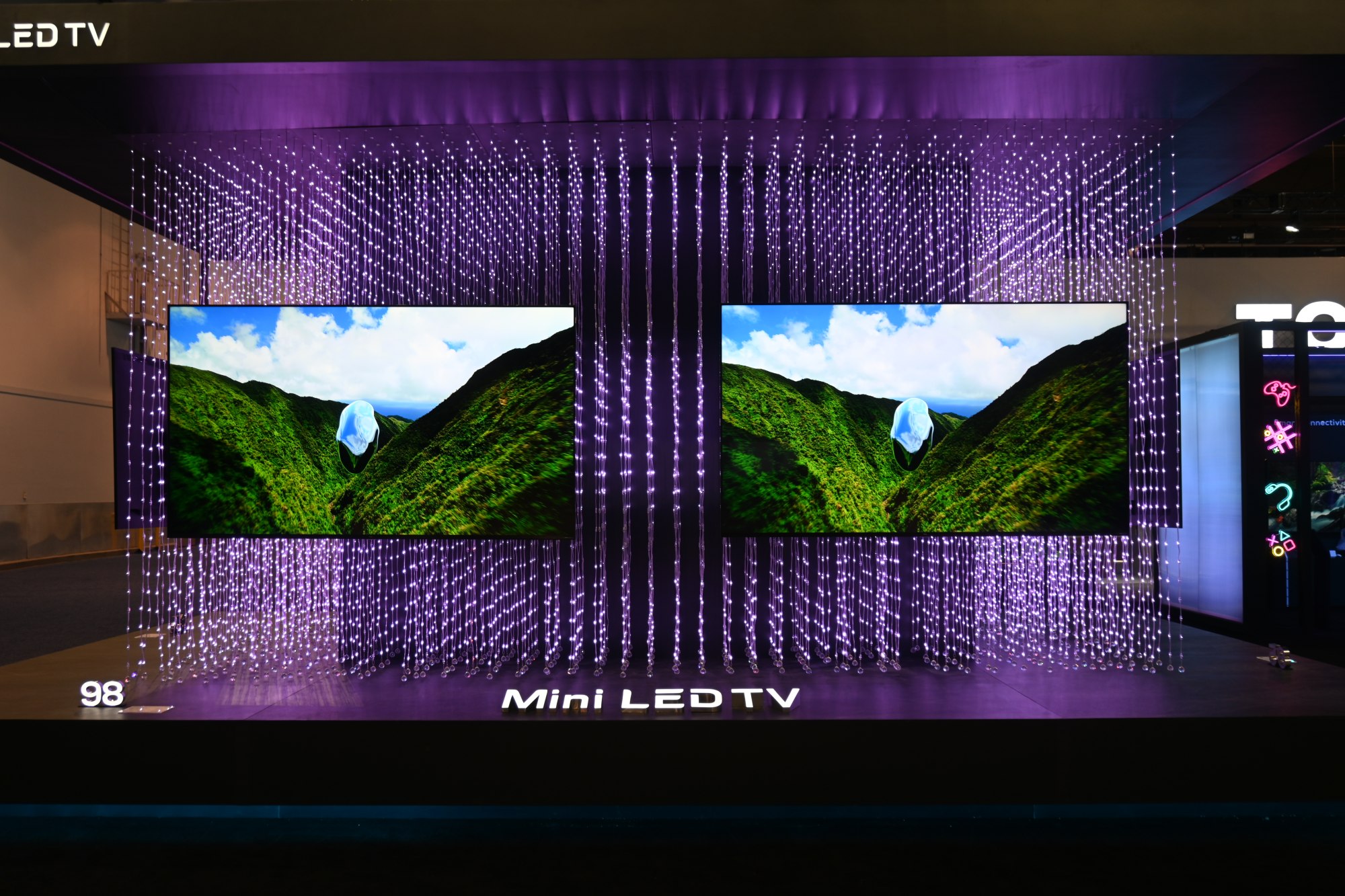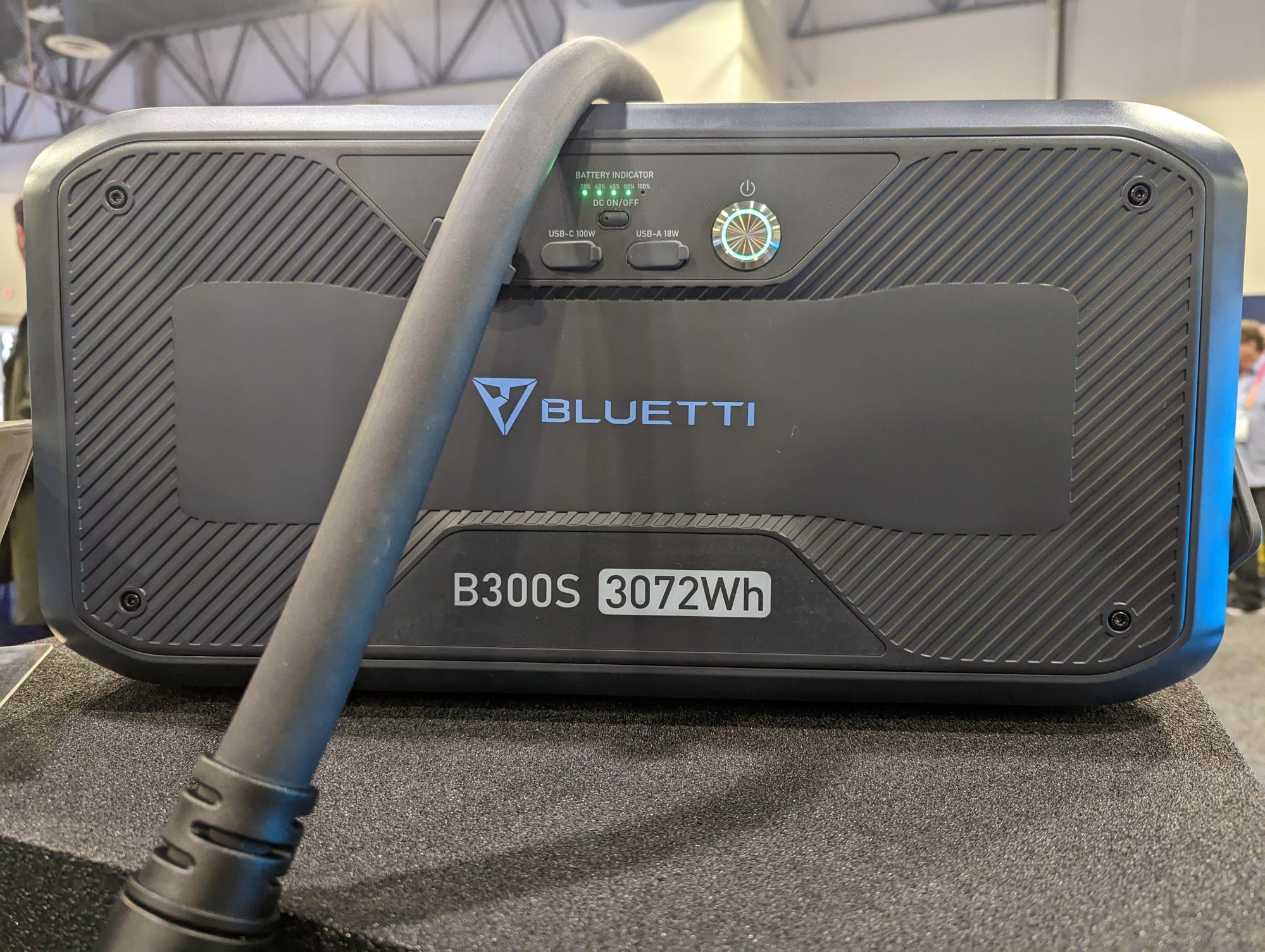
CES 2023: number of Chinese companies at event less than half of pre-pandemic level as firms shy away from controversial tech
- Chinese exhibitors are showing off new PCs, TVs and portable power stations, illustrating the country’s supply-chain strengths
- Many top Chinese companies are absent from CES amid geopolitical tensions that have also pushed foreign firms to diversify manufacturing operations
With CES back in full swing for the first time since the pandemic began, the number of Chinese companies exhibiting at the world’s largest consumer electronics show in Las Vegas remains less than half that of three years ago.
The four-day event, which concludes on Sunday, has 493 Chinese companies taking part this year, according to the CES website. In 2020, just before the Covid-19 outbreak in the central city of Wuhan became a pandemic, Chinese companies at CES numbered 1,000, state media outlet Global Times reported at the time.
Overall, more companies have shown up at CES this year than in 2022. The event was changed to a hybrid offline-online event last year because of a surge in Covid-19 cases. In 2021, CES was held entirely online and had 210 Chinese companies participate.
A lot has changed for Chinese firms since the pandemic began. The US has continued to ramp up sanctions under President Joe Biden and Beijing’s strict zero-Covid-19 policy kept most Chinese people from travelling abroad.

As a result, the biggest Chinese firms at CES this year are ones that already have large operations in the US or do significant sales in the market. Personal computer maker Lenovo Group and television brands Hisense and TCL are perhaps the best-known Chinese brands at the show. Skyworth, a Shenzhen-based firm listed in Hong Kong that is known for affordable TV options, is also exhibiting this year.
Many of China’s tech giants working in cutting-edge areas like artificial intelligence and semiconductors are absent from CES, as they have been the last few years owing to US trade sanctions and China’s zero-Covid policy.
Instead, Chinese companies at this year’s event are showing off a range of uncontroversial products that also reflect the country’s supply-chain strengths.
Shenzhen-based Bluetti was showcased as a CES Innovation Awards Honoree for its system that connects multiple power stations to offer up to 18,432 watt-hours of power. Ugreen, another company from Shenzhen that got its start in cheap mobile accessories, introduced new power stations, taking on the likes of Anker, a Changsha-based firm that makes power accessories and primarily targets overseas markets.

Ugreen also has new 100-watt and 200W portable solar panels, illustrating another trend among Chinese tech companies taking advantage of the country’s dominance in solar cell production, which by some estimates exceeds 80 per cent of the global market. Smartphone giant Xiaomi, which is not exhibiting at CES, introduced its 100W Mijia Solar Panel in September for 1,099 yuan (US$160).
In some ways, the most visible trend about China’s presence at CES is which firms skipped this year’s event. Some of the biggest names in China’s technology sector have chosen to sit out or could not attend at all.
DJI, the world’s largest consumer drone maker, is not there, as Washington has put it on the notorious Entity List, which restricts its business dealings in the US. Huawei Technologies Co and ZTE, two Shenzhen-based smartphone makers that have also been blacklisted, have been absent from CES for the past few years. Richard Yu Chengdong, the head of Huawei’s Consumer Business Group, gave a keynote address at CES in 2018.
The US-China tech war has made many foreign brands concerned about the political scrutiny that comes with having production on the Chinese mainland. Still, China’s critical position in the global electronics supply chain makes it nearly impossible for companies to completely extricate themselves from the country.
Nanoleaf – a Canadian maker of smart lighting that reacts to things like sound and other environmental factors, another trend at CES this year – started moving some production to the Philippines to avoid tariffs introduced under former US president Donald Trump, according to co-founder and CEO Gimmy Chu. Tariffs on lighting products imported from China reached as high as 28 per cent at one point, he said, eating up most of the company’s margins.
“If we run a discount or something, easily 28 per cent is our entire profit margin,” Chu said. “It’s not a sustainable business.”

Those risks have pushed many electronics hardware makers to find manufacturing facilities in other countries as a “backup plan”, he added. “There are downsides to that because China is still much more experienced with doing manufacturing. They do it better, they do it faster, they do it cheaper.”
That is why Nanoleaf still relies on its production in Shenzhen for products going to markets other than North America. There are also some products, like light bulbs, that cannot be produced elsewhere because of China’s talent base and machinery, according to Chu.
“Because the supply chain is so mature in China, to be able to replicate that outside China takes a little bit longer and has more complexity,” he said.

